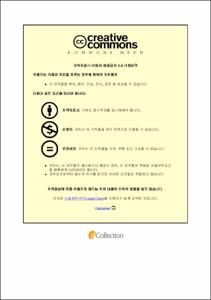가스배달 작업의 재해특성 및 위험성 평가에 관한 연구
= Study on Accident Characteristics and Risk Assessment of Gas Delivery Work
- Files in This Item:
-
-
Download
 000002322108.pdf
기타 데이터 / 781.22 kB / Adobe PDF
000002322108.pdf
기타 데이터 / 781.22 kB / Adobe PDF
-
Items in Repository are protected by copyright, with all rights reserved, unless otherwise indicated.